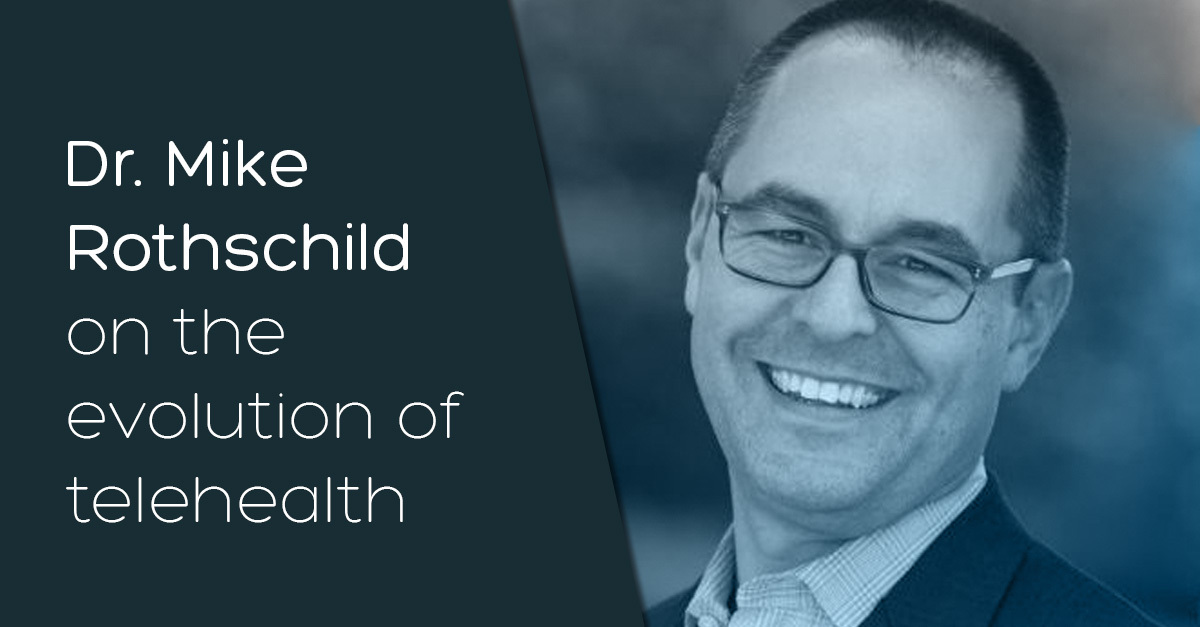Dr. Mike Rothschild on the evolution of Telehealth in Digital Eye Care
11th March 2022

We recently spoke with Dr. Mike Rothschild, telehealth enthusiast and host of our Powered by Patients webinar series, to get his thoughts on how telehealth has evolved over the past few years and what the future has in store.
What’s your background with telehealth?
My interest in tele-optometry began before the pandemic, with my primary motivation being how to improve access to eye care, particularly in rural areas of the USA. This has been a growing issue, with people living outside of city centres having a hard time finding eye care, whether that be because of finance or lack of transport.
With the exception of a few changes, we’ve been doing things the same way in optometry for generations. My great grandfather, grandfather and uncle were all optometrists, so I’ve been around the industry all my life and I basically do the same as what my grandfather did for the most part. As such, there had been a general hesitance among eye care professionals (ECPs) to get into telehealth, but it was forced on us with the pandemic and everything accelerated massively. The American Telemedicine Association even say the profession advanced by 10 years in the space of a few months.
What are the pain points around telehealth?
As we’ve come to try and get back towards normality in the wake of the Covid crisis, not many ECPs have continued using telehealth as part of their care offering. Many have cited patient backlog and staff shortages as a barrier for them continuing with it. It’s a classic case of not having the time to improve work because of being too busy doing the job.
I believe this year will be the biggest in our history in terms of adopting telehealth. 2020 was the year of exploring it as the pandemic hit, before 2021 which was the year of recovery and ‘getting back to normal’. We’ve had the crisis, we’ve had the crisis recovery and now I believe people are becoming more reflective. It will be a slow and steady incline, but towards the end of 2022 I predict there will be a lot of conversations around telehealth with people being accepting and wanting to learn more.
What would your advice be to practices looking to adopt telehealth?
Setting aside this time for reflection is the number one thing I would advise. This will enable you to get yourself into a position where you can cut away the things you don’t want do or someone else can do, giving you the time for improvement which is the most critical piece of what you do.
It’s critical to give the financial and business side of things our attention to make sure we’re acting responsibly, but the motivation should always be to take better care of our patients. We need to think about the pain points for our patients – if you’re asking them to return to your office to make sure your treatment plan is working, what you’re really asking them is to potentially take time off work again, drive across town to your practice, pay for parking in some cases and pay an exam fee. Even though it’s just an exam taking a few minutes, it can be very disruptive to your patient.
If you put yourself in your patient’s shoes and realise the barriers to them, you can justify an investment in telehealth pretty quickly.
